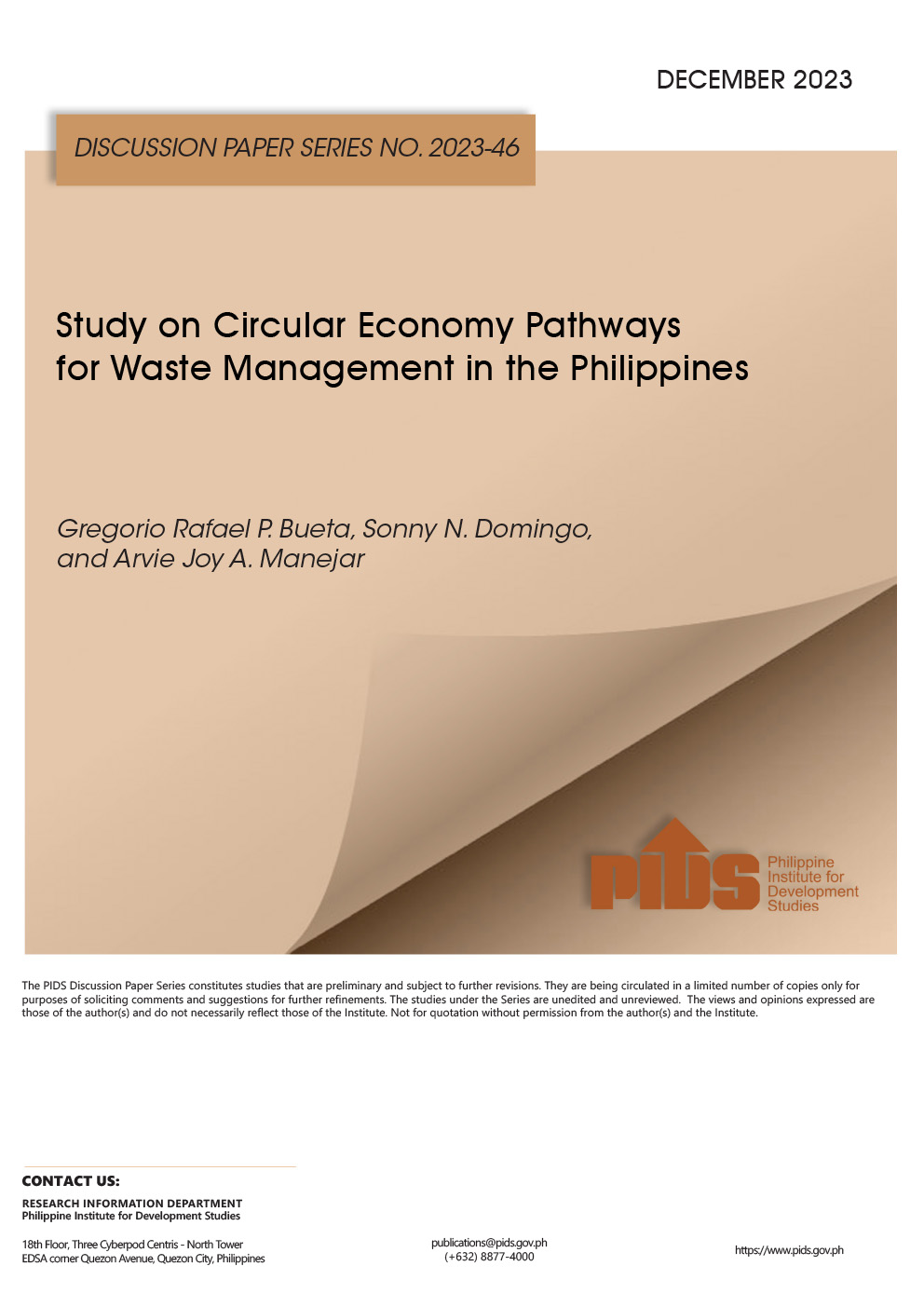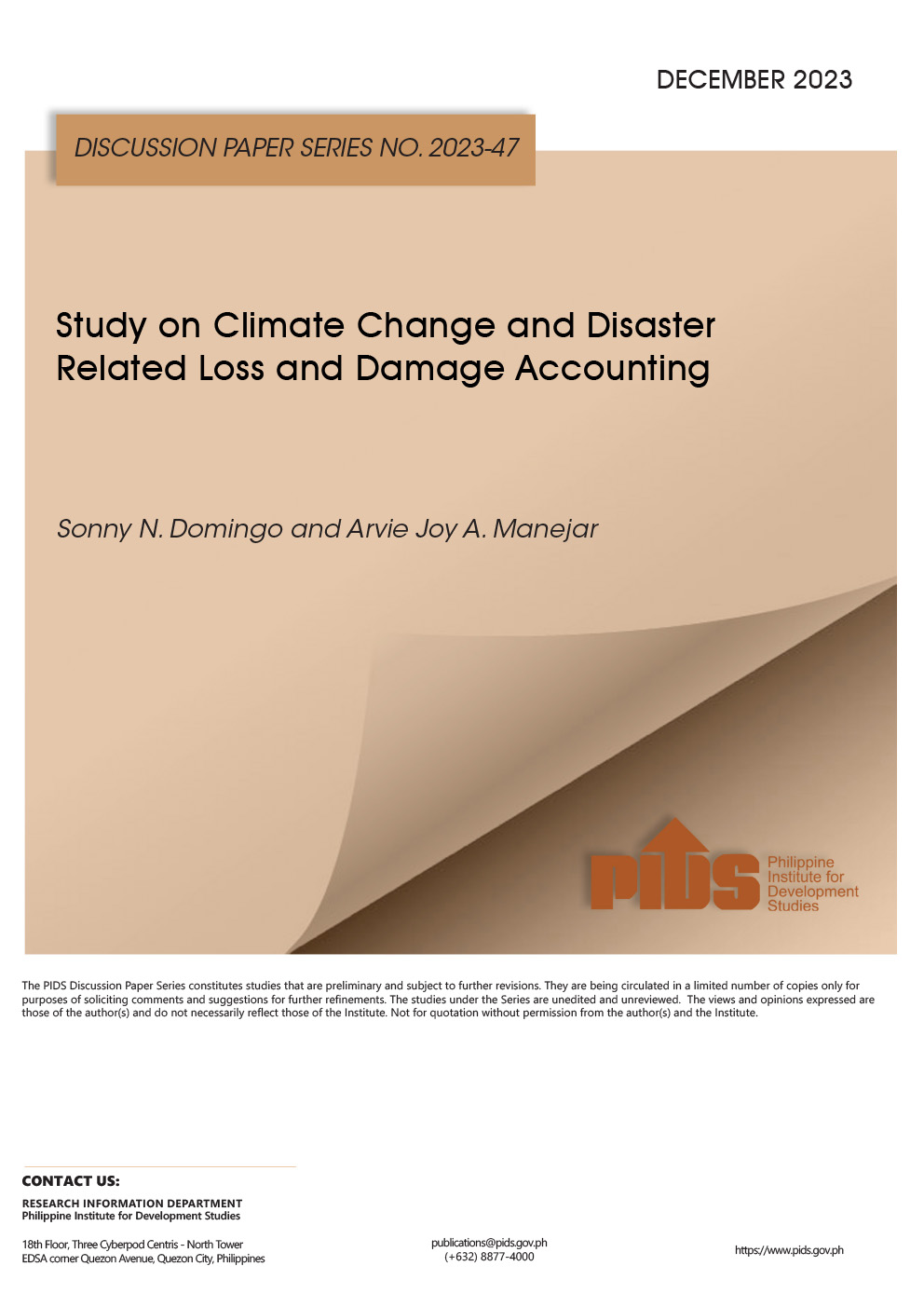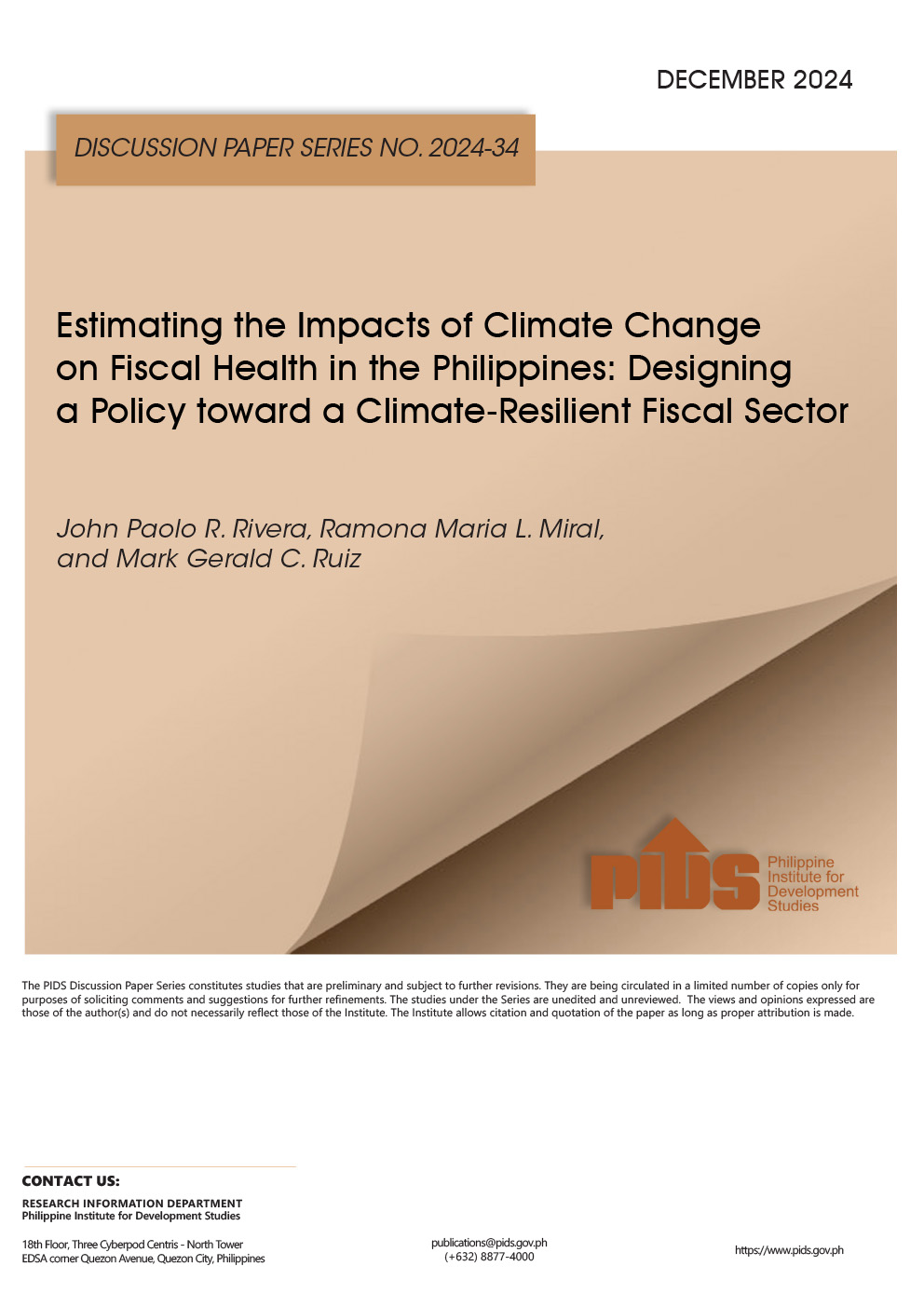IN order to push for more sustainable methods in forest management, a study released by the Philippine Institute for Development Studies (PIDS) recommended the passage of the Sustainable Forest Management bill into law.
In a study titled Forest Protection in the Philippines, PIDS Senior Research Fellow Sonny N. Domingo and Research Analyst Arvie Joy A. Manejar said policies in the forestry sector lacked enforcement and institutionalization.
This has caused the country’s forest cover to decline to 6.840 million hectares in 2010, from 17 million hectares in 1934. Of the total forest cover in 2010, the open forest has the largest share among at 4.595 million hectares followed by closed forest with 1.934 hectares and mangrove forest with 0.311 million hectares.
“The significant reduction in forest cover may have been brought about by decades of lax legislations promoting extractive industries. It can be said that the policy landscape for the said sector experienced shifting priorities, which resulted to overlapping priorities and implementation delays on the ground and across regions. Overall, it lacked provisions in enforcement and institutionalization,” the authors said.
“Forest protection initiatives such as Lawin Program and the E-Filing Monitoring Systems were under way, but these could be strengthened with the passage of Sustainable Forest Management Bill in order to establish more sustainable methods of forest management,” they added.
The proposed law, Senate Bill 402, mandates sustainable and rational development of forestland resources and the protection of existing forest resources and conservation of biodiversity.
It follows guiding principles on watershed management, multisectoral representation, community-based forest management, economic and ecological reforestation, equitable access to forest resources, and professionalism in forest service.
Under the bill, the Department of Environment and Natural Resources (DENR) and related agencies will craft a forest management plan that can be included in the local government unit’s (LGU) Comprehensive Land Use Plan (CLUP). It will also serve as precursor to consultations prior to any forestry project to be implemented in their jurisdiction.
The DENR will also have to craft sustainable forest management strategy for each watershed and forest unit. The bill also provides that reforestation and afforestation programs be put in place along with incentives to organizations and entities that will participate in the said programs.
“City or municipal parks, communal forests, and tree parks are also planned to be developed,” the authors added.
Apart from the bill, the authors recommended that enforcement personnel in Community Environment and Natural Resources Offices (Cenro) and representatives of other line bureaus, be provided with hazard pay and enough incentives to ease the burden of enforcement.
Legal offices, the authors said, should also be improved to avoid unnecessary costs in transaction and safety. The Lawin program, for one, may be a good program for monitoring and evaluation.
As for other programs like the National Greening Program (NGP), the authors recommended that site-species matching be practiced, as well as establishing a nursery for endemic species to retain the ecological integrity of an area.
The authors said government data showed there were six general causes of the decline in forest cover—fire, kaingin/illegal entry, illegal cutting of trees, long dry spell and others. Fire was used as an umbrella term for incendiarism, hunting, throwing of cigarettes, forest fire and grass fire.
The cumulative damages from 2000 to 2015 amounted to P378.74 million, the most coming from fires, which was calculated to be P238.26 million followed by other causes P90.56 million, and kaingin P29.1 million, while Illegal cutting, clocked at P653.136.36 million damages.
In 2000, the main causes of forest disturbances were illegal cutting and fire. Throughout the years, illegal cutting decreased. However, fire continued to persist even until 2015. It disturbed a total of 29,929.46 hectares, while illegal cutting covered 6,427 hectares.












